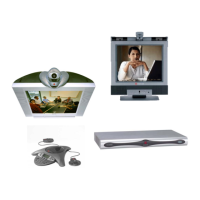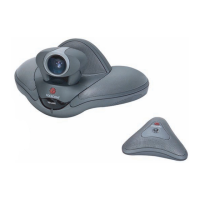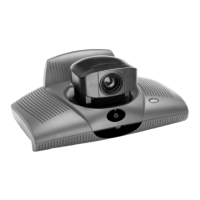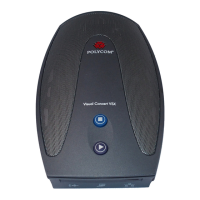F01MACROA62,MUTEOMYMOTHERINLAW
Would not return an error because it contains a
MUTEO command. An error would be returned when the macro is
executed with a
MACROX or MACROQ command and it tries to execute the MUTEO command with strange data.
The proper sequence for creating a macro (macro number 112 in this example) is as follows.
F01MACROS112
F01MACROA112,MUTEI*0
F01MACROA112,GAINI*0
F01MACROA112,MUTEO*0
F01MACROW112
This defines macro number 112 to unmute all inputs, set all input gains to 0 dB, and unmute all outputs. It is
acceptable if another command is sent in between these commands (such as F01NC*? ) as long as it isn't
another non-volatile memory command which could interfere with the storage of the macro.
8.81. MACROK -- Delete One or All Macros
This command kills (deletes) the specified macro. If the wildcard character (*) is used the specify the macro
number, then all macros are deleted. Deleting all macros via MACROK* is more efficient than deleting them all
individually since it requires less writes to non-volatile memory.
This command is saved to global non-volatile memory and is not part of a preset. Its value is saved each time it
is changed. It will retain its value after power-down. Since this command writes to non-volatile memory, there
will be a delay before an acknowledgment is returned.
Example Description Status Message
F01MACROK25
Delete all the commands associated with macro number 25.
F01MACROK25
F01MACROK*
Delete all the commands associated with all 255 macros.
F01MACROK*
8.82. MACROL -- List All Commmands in a Macro
This command lists all the commands in a given macro. For example, assume that a macro has been defined via
the following command sequence.
F01MACROS112
F01MACROA112,MUTEI*0
F01MACROA112,GAINI*0
F01MACROA112,MUTEO*0
F01MACROW112
Once this macro has been defined, issuing the command:
F01MACROL112?
Will result in the following status messages:

